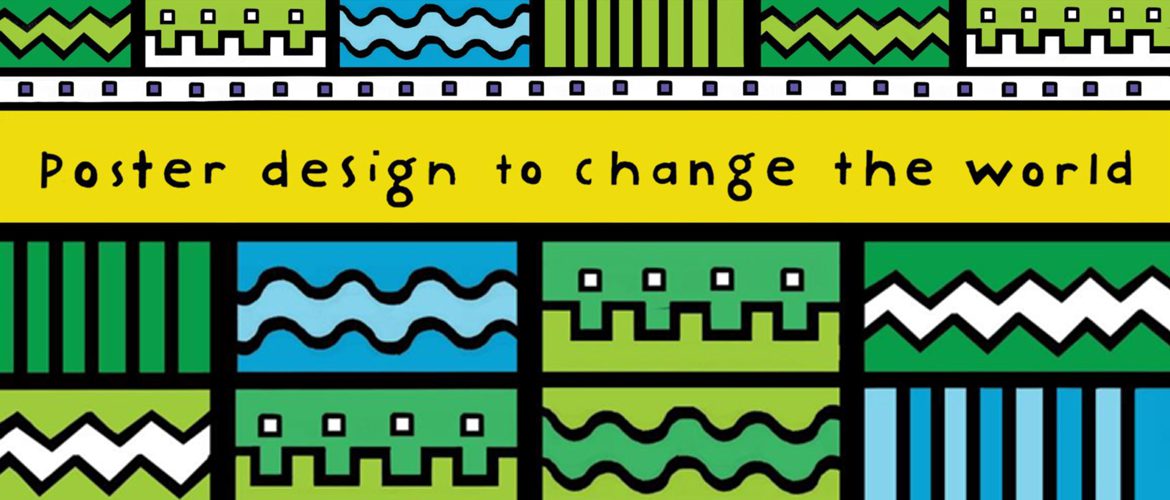Section 1 Part 2: Successful campaign posters
This section showcases two different posters, both with a specific message, look and feel.
Step one: In your group, look at your given poster. Read the ‘learn’ section linked to it and look at the activities.
Step two: Present back to the other group.
Poster 1: We can do it!
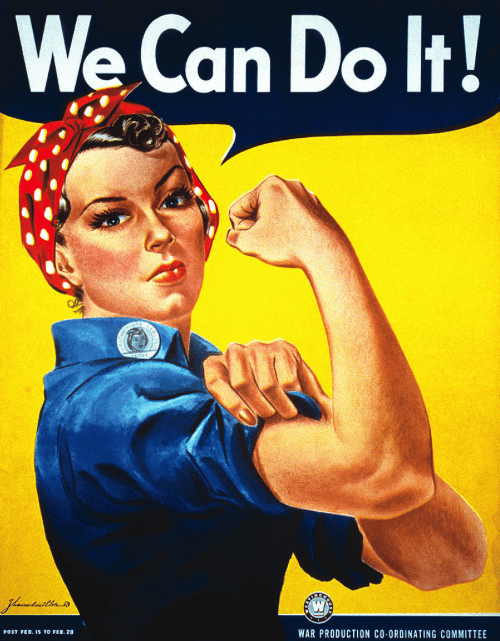
Background reading
We Can Do It!, 1943, by J. Howard Miller was made as an inspirational image for Westinghouse-Electric to boost their female worker morale during the second world war.
During this time its was viewed by a very limited audience of employees but the poster has had a second life! It was ‘rediscovered’ in the 1980s to promote feminism and other political issues. The poster uses bold primary colours (red, yellow and blue), has a strong and simple message (the word “we” suggests teamwork and support) and an image of a female that conveys strength and positive action.
The woman in the image is rolling up her blue shirt sleeves, tensing her biceps and staring directly at the viewer, in a call to action. The background is a flat yellow and a dark blue speech bubble fills the top quarter of the image. The choice of typography is simple and bold.
These days the poster is seen as a symbol of women’s empowerment. Over the past 30 years the poster has been appropriated for a range of advertising and artistic purposes including by the singer Beyoncé and, strangely, a cleaning company.
It’s really powerful because it’s an iconic image of a strong woman, which has gone on to symbolise much more than what was originally intended.
– Sarah Rogan, Inequality Campaign Lead, Oxfam Australia
Activity:
- Stand up and strike the pose on the right. How do your arm and muscles feel? Did striking this pose make you change your stance and facial expression? How did it make you feel? Make a list of six words describing this pose
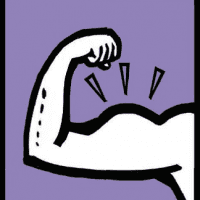
- Take photos of your classmates in a strong pose just like Rosie the Riveter. Think about and add your own personal motto of positive encouragement to your strong self portrait. You could use the simple free online editing program Add Text. Print the image and put it on the wall of positive reinforcement in your classroom.
- The poster “We Can Do It” has long been seen as a symbol of women’s empowerment. Do you think there are still stereotypes about the kinds of work women “should” do and the kinds of work men “should” do?
- What are some of the jobs that are stereotypically deemed appropriate for men?
- How might women be encouraged to participate further in this profession?
- Choose one job and work in pairs to create a poster that combines a persuasive image of a female worker and text that encourages women to want to join this profession that has been dominated by men (or vice versa). You will need to consider the pose, composition, use of colour and typography. Create a rough draft first that can be discussed with the teacher or shared with peers, before moving onto the final work.
Extension activity:
Watch this video to see some students get surprised by the real firefighter, pilot and doctor they meet!
Poster 2: Real Australians Say Welcome
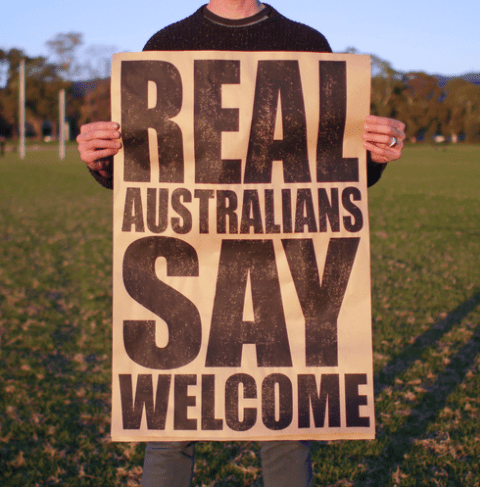
Background reading
In 2015 artist Peter Drew embarked on a three-month trip around Australia, pasting up the 1,000 brown paper posters he designed and printed with the large black words “Real Australians Say Welcome”.
The poster started as a way to encourage Australians to rethink their views on asylum seekers and immigrants. The campaign was successfully crowdfunded on Pozible and the artist documented his journey via social media. The campaign proved extremely successful. Many Australians documented the posters online as they discovered them on the streets of local towns and large cities and hundreds of messages of support flooded in to Peter Drew.
Hundreds of other designers, artists, and celebrities, inspired by Drew’s work, have created their own versions of “Real Australians Say Welcome”. These have been shared on Instagram and via the website “The Design Files”.
I love the ‘Real Australians Say Welcome’ campaign as it always seems to appear in places you least expect it, as a reminder of what true Australian values are and should be: inclusion, belonging and celebration of diversity. It’s a hopeful message and one that, in silence, speaks louder than the image of Australia that politicians and the media would have us believe.
– Tamara Bézu, Volunteer Engagement Coordinator, Oxfam Australia
Activity
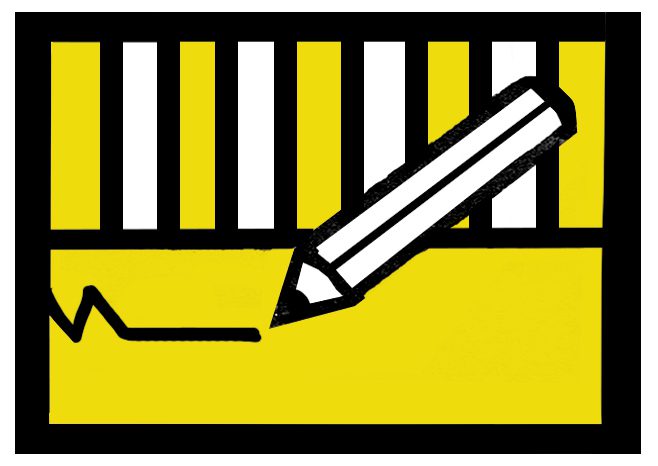
- “Real Australians Say Welcome” is a very simple poster that relies purely on the strength of the slogan and message. Peter Drew says that his use of the term “Real Australians” was slightly tongue in cheek. He thinks that being a “real” Australian is actually about courage. Make a list of other qualities/character traits that you connect to being a “real” Australian.
- If you had to add one image to this poster, what would you add and why? Redraw the poster with the addition of a simple graphic image.
Student Evaluation Task: What’s your favourite poster?
Add to the selection of successful poster campaigns by choosing one more successful campaign poster that you think is effective.
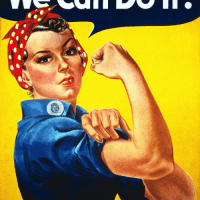
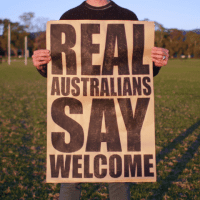

You need to:
- Upload your chosen poster and/or paste it into your
- Name the artist, the date of the work and the materials used to make it.
- Describe the poster using the elements of art.
Handy hint: Comment on the use of line, colour, tone, pattern, shape, scale, composition, signs/symbols, focal point, typography and symbolism.
- Research and briefly outline the social issue or event to which this poster draws attention.
- Write a personal statement explaining what appeals to you about this poster and why you find it effective and persuasive.
